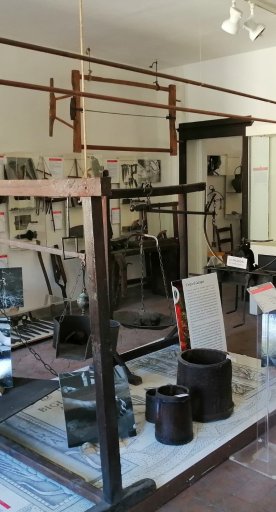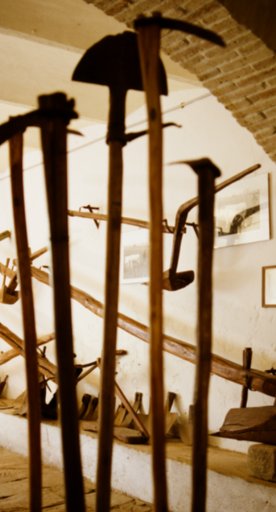The deep valley of the Senio has been inhabited since the early Middle Ages. The most important evidence of this is the crypt under the Parish Church of San Giovanni Decollato in Misileo. The 10th and 11th centuries saw the Pagani family, who owned many castles, consolidate their power, but one of their most illustrious members, Maghinardo, left the Ubaldini family the majority of his assets upon his death. In 1362, Gioacchino Ubaldini, in turn, left all his possessions to the Florentine Republic. In 1400, Palazzuolo was given a charter, and - with Firenzuola - made up the first centre of the Romagna Toscana area, which extended to the gates of Forlì (only to shrink again to the valleys of the Upper Mugello in 1929). In 1373, construction of the Palazzo del Vicario began in Palazzuolo, now a 'centre of the podere' (country life) and a commercial centre. In the same year, Maghinardo Novello degli Ubaldini rebelled against the republic, taking refuge in the Frassino Castle. However, he was captured by the Florentines, taken to Florence and beheaded.
On 19th October 1506, Pope Julius II stayed in the Palazzo dei Capitani accompanied by Machiavelli. With the rise of the Medici, the Vicar (a representative of the Republic) was replaced by a Commander. This was abolished in 1772 and reduced to a podesteria until 1837, when Grand Duke Leopold II unified the jurisdiction of Palazzuolo with the Vicario of Marrani.
























